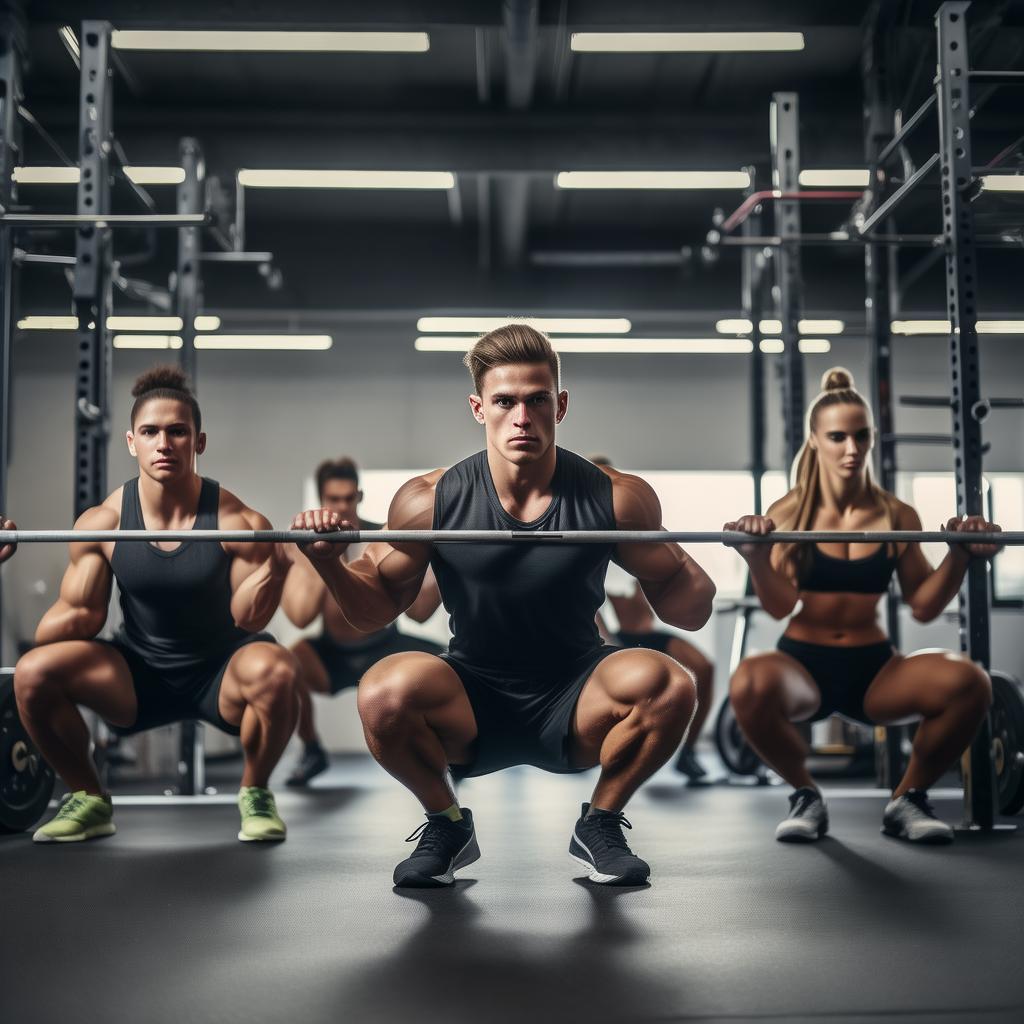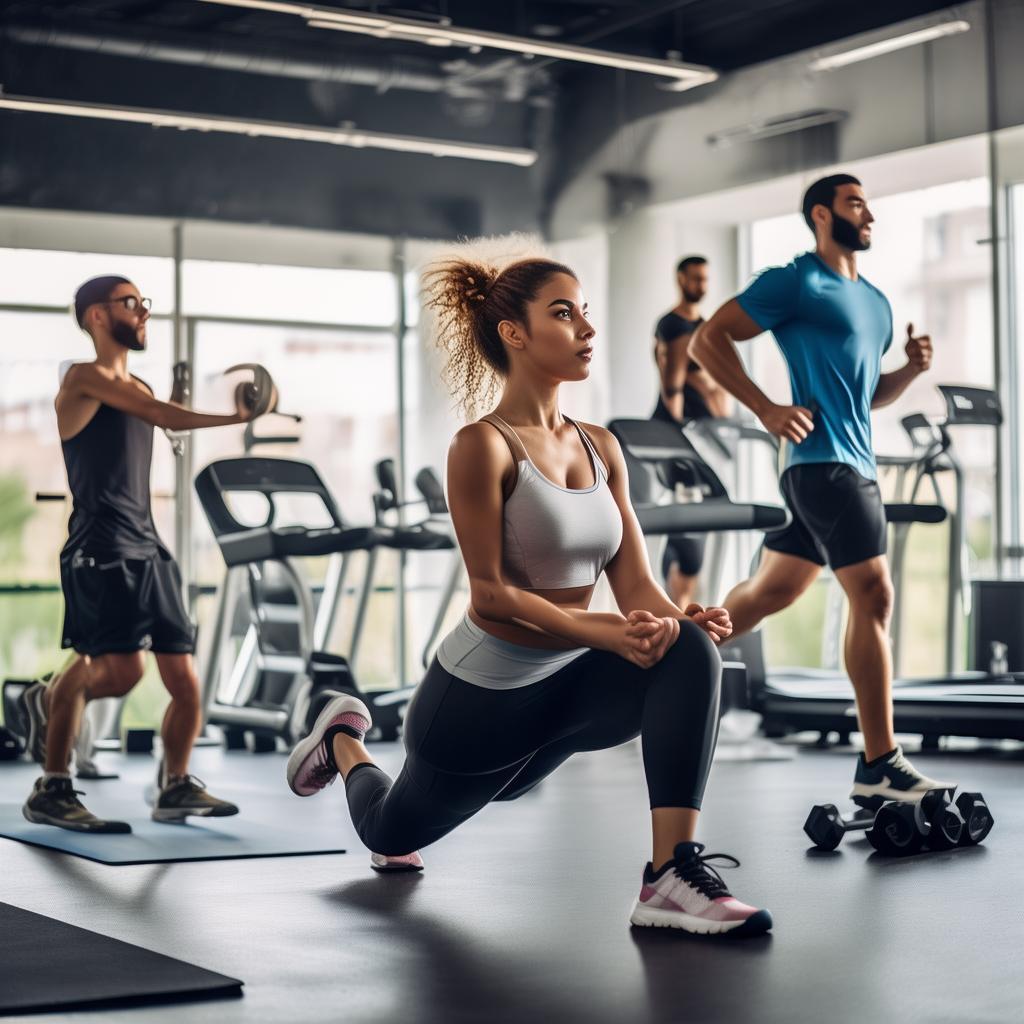Introduction
On September 5, 2023, the idea of following 5 squat tips to add another 10kg to your weight was brought up. Also, the age – old question of whether one prefers deep squats or hard pulls was raised. The deep squat is truly a remarkable exercise. It targets the quads, hamstrings, and gluteus maximus, while also involving other important body parts like the back, chest, and core muscle groups. Its popularity also extends to its various variations.
Defining the Deep Squat and Initial Considerations
The definition of a deep squat may seem straightforward, yet different people have different standards for how deep to go. Some believe in squatting until the thighs are parallel to the ground, which engages the hamstrings and gluteus maximus more. As you practice, these muscles will grow stronger, giving you more potential in other exercises, especially the big three. However, if you haven’t tried deeper squats than parallel, it’s not advisable to immediately go all the way down. Starting with a small weight is a wise choice. When warming up with an empty bar, it’s crucial to pay attention, especially if your normal squat is just parallel or less. This is because your ankle and hip joints may lack flexibility, not to mention your core. To increase your deep – squat range, flexibility training is the first step.
The Importance of Heel Stability
Heel stability is key in deep squats. A good squat can only be considered so if your heels are firmly on the ground. No matter the depth of your squat, if your heel lifts and the weight puts pressure on your ankle joint, it’s a dangerous position. The lower you squat, the more stress on your lower back. So, it’s important to keep your back as straight as possible during the squat and avoid leaning too far forward when lowering. You should maintain a reverse arch in your lower back throughout the squat. Another point is to use your feet to push the ground. This ensures that your hips don’t rise faster than your upper body, protecting your spine by making your chest and upper body rise first, followed by your hips.
Proper Breathing Technique
Proper breathing is as important as protecting your spine during deep squats. In some ways, correct breathing can be like not breathing at all during the movement. Don’t inhale when lowering and don’t exhale when squatting up. Instead, take a deep breath before lowering, hold it during the repetition, and keep holding it until you’re near the top and then exhale. Filling your lungs with air increases chest and intra – abdominal pressure, which supports the spine, so avoid exhaling too early.
Head Position and Beginner’s Focus
Maintaining the right head position is essential for a quality deep squat. Your eyes should be forward. Looking too far up can throw off your balance, and looking down can cause you to arch your back and put extra pressure on the lower back. Looking at yourself in the mirror with your head in a straight line with your torso is a good option. For beginners, instead of focusing on reps, it’s more important to focus on the movement. Once you’ve gained enough flexibility, knowledge, and confidence, you can adjust the weight for specific goals like endurance or explosive power.
Five Key Points to Remember
The full – width squat can enhance the strength and explosive power of your hamstrings and gluteus maximus. You need stronger ankle and hip joints and should practice empty bar squats to the bottom before each workout. Even when squatting all the way down, ensure a lower back reverse arch for better power and lower back protection. Keep your feet on the ground and make your upper body rise faster than your hips. Hold your breath to maintain internal abdominal pressure.
How Low Should You Squat? A Leg Training Plan
Here is a leg plan with deep squats of different depths. After doing full – width squats, you can add weight and then move on to parallel squats and half squats. By the end of this program, every muscle fiber in your quadriceps will be worked. The training plan includes: full – range squats (4 sets, 12 – 15 reps), parallel squats (3 sets, 10 reps), half squats (3 sets, 6 – 8 reps), Romanian hard pulls (3 sets, 10 – 12 reps), and leg curls (4 sets, 8 – 12 reps). For safety, all squat variations should be done on a free squat rack with 2 – 3 minutes rest between each set.





